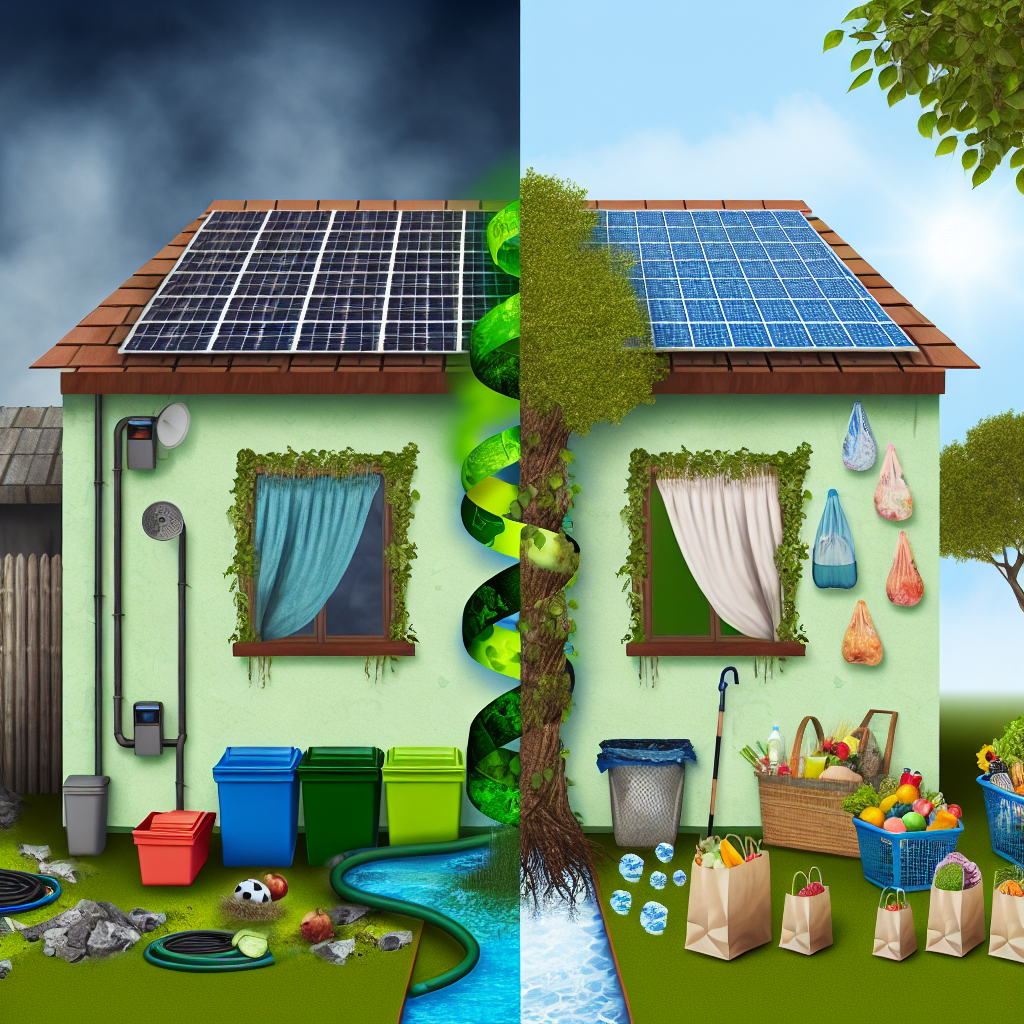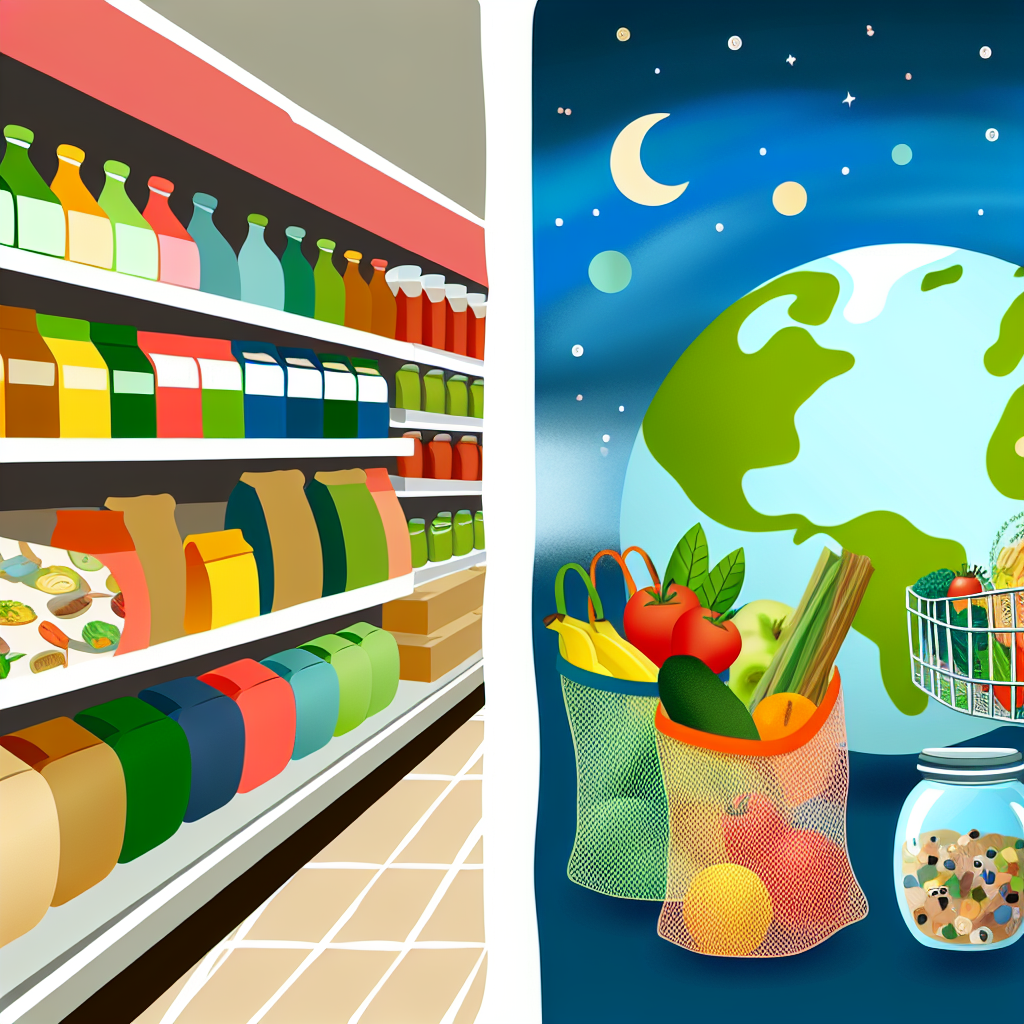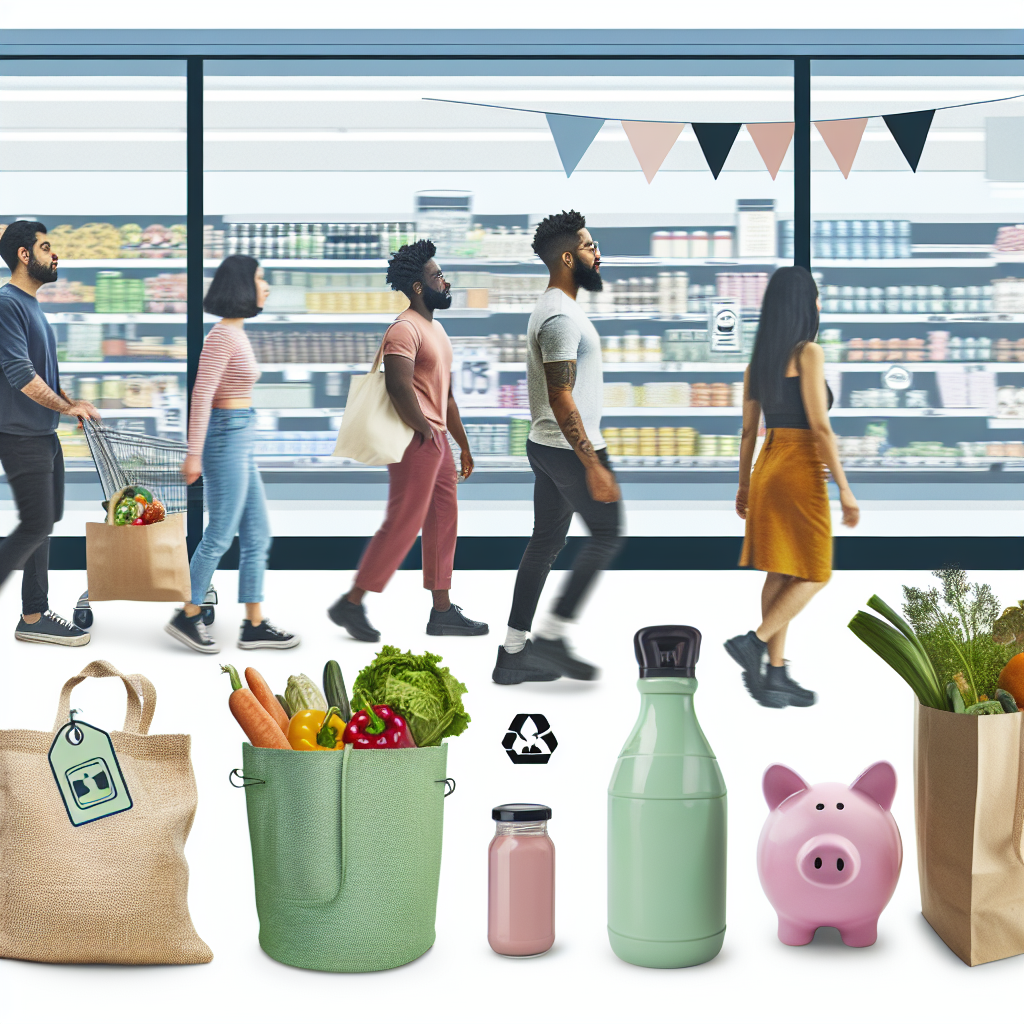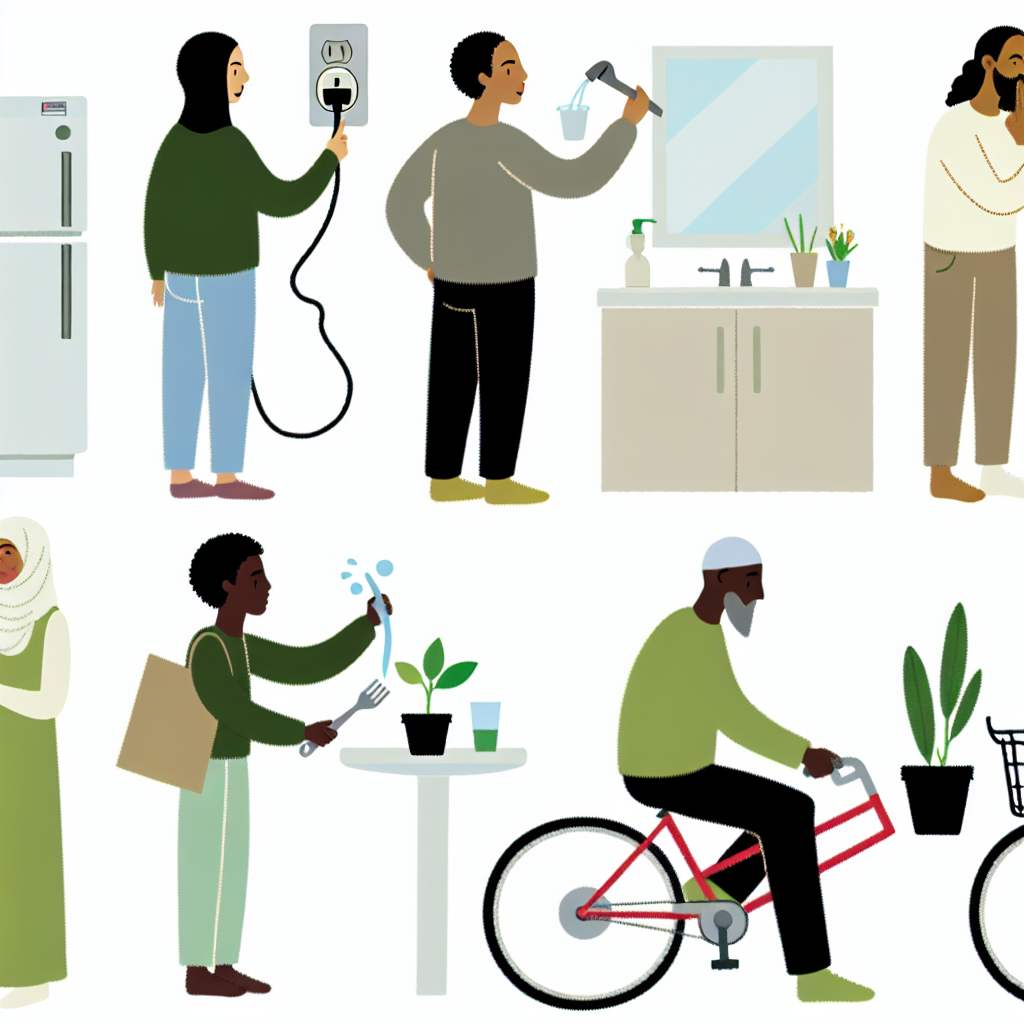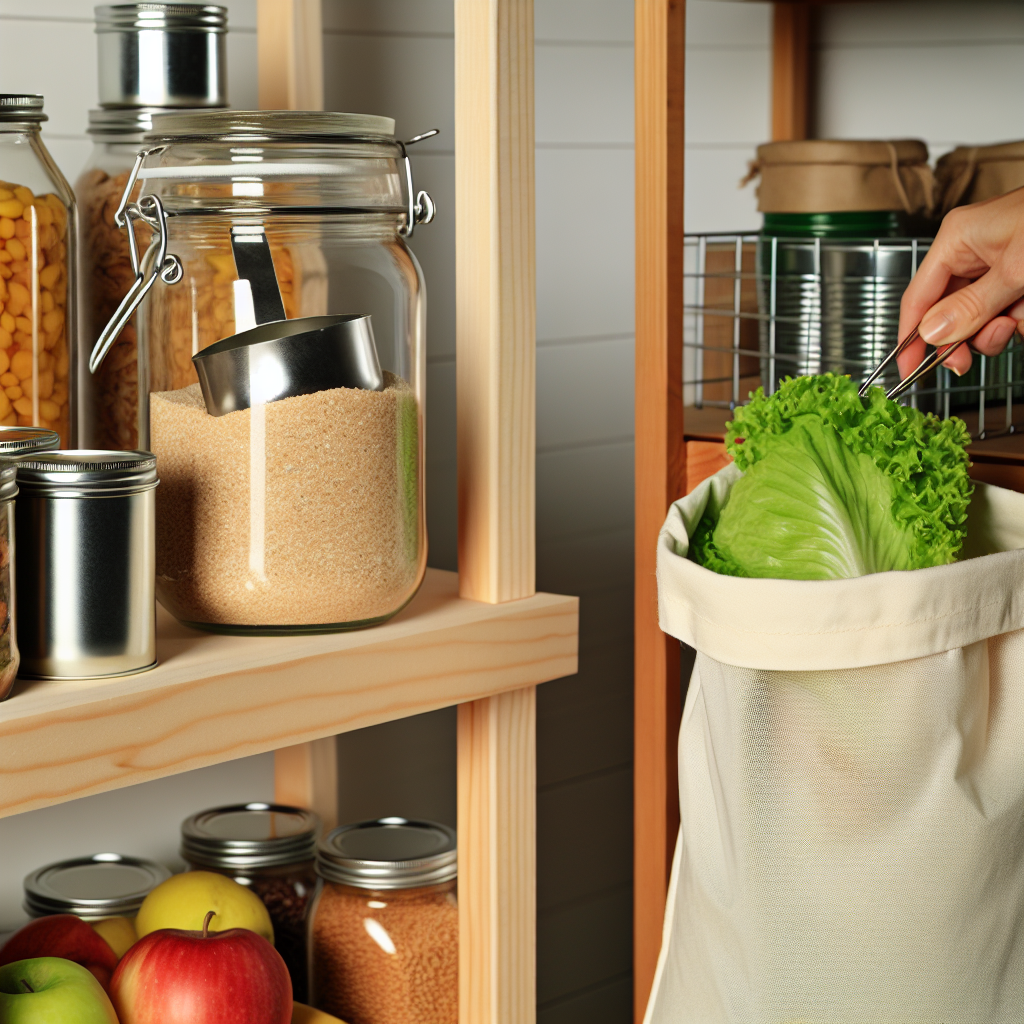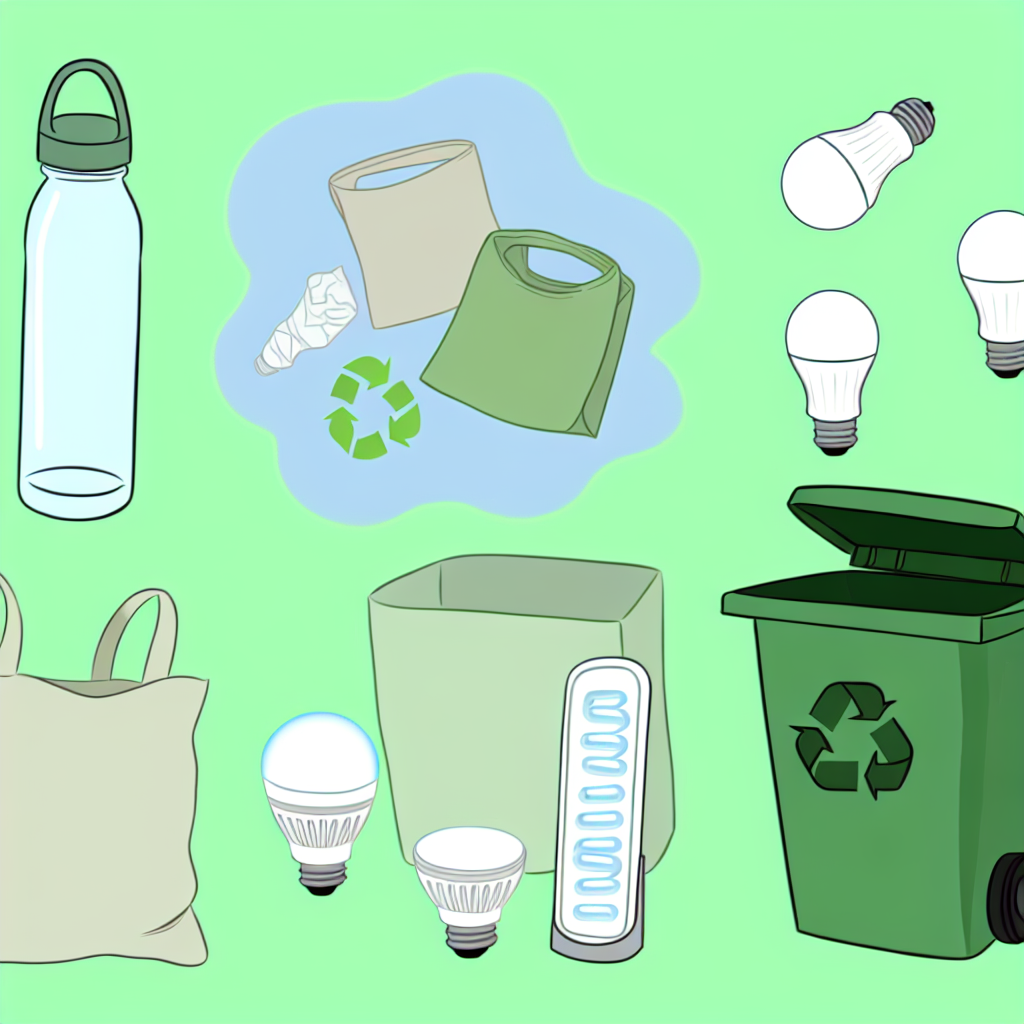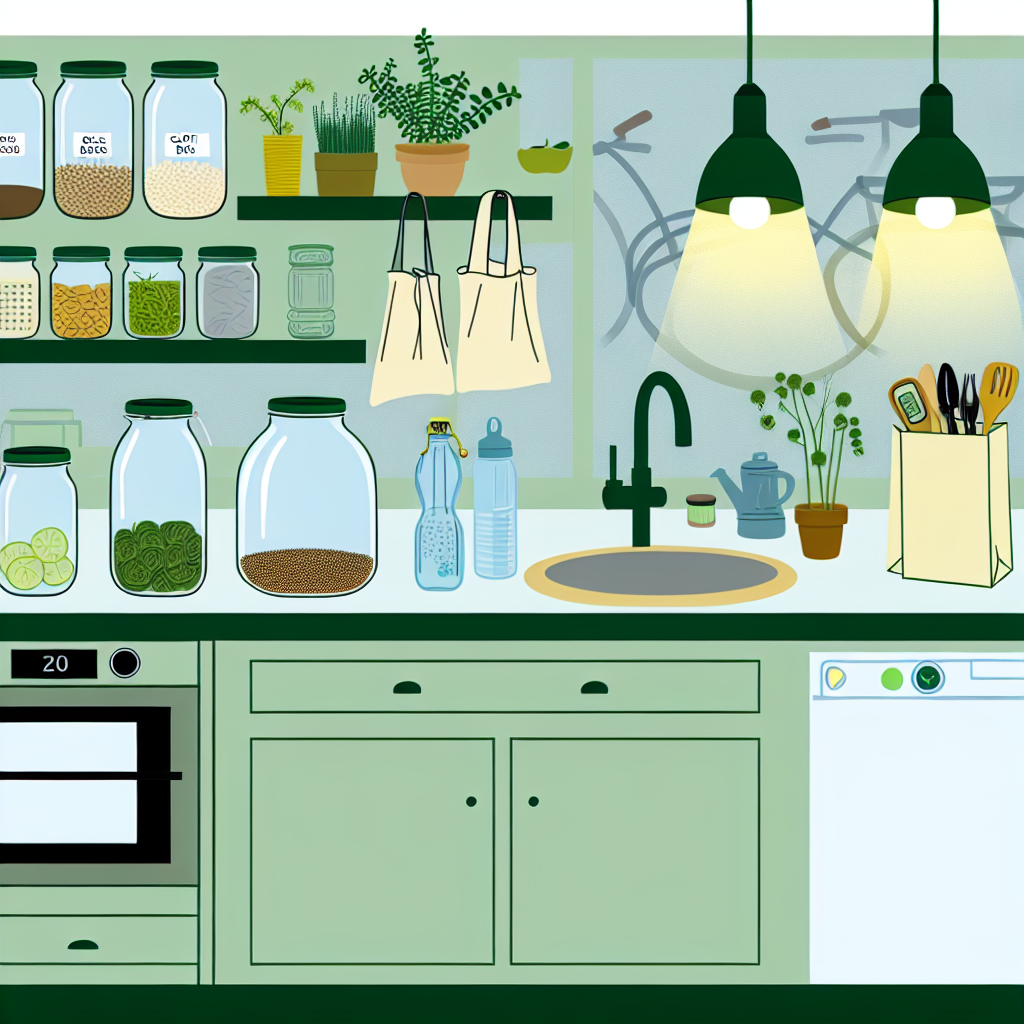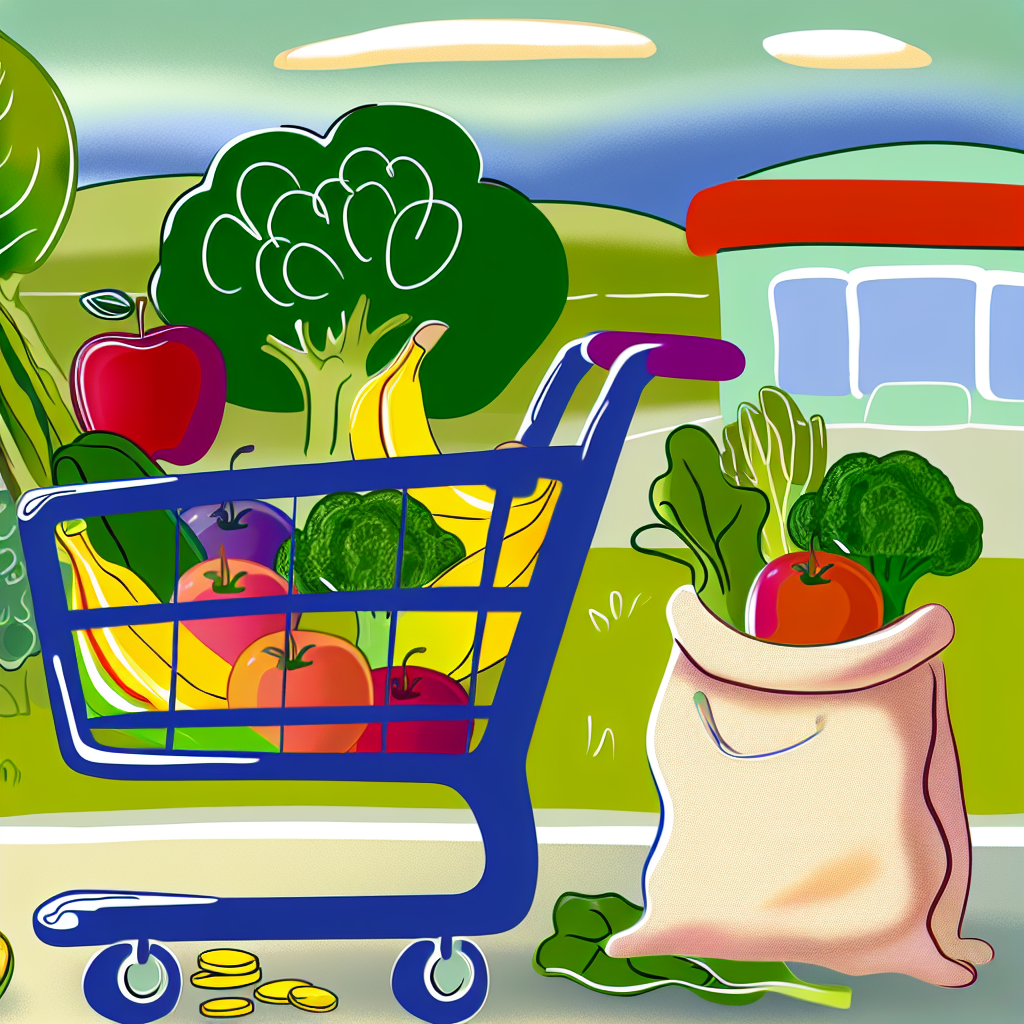10 Easy Swaps for Your Household That Save Money and Help the Planet
Welcome to Frugal Zeitgeist! We’re here to help you save money and be a superhero for the planet! 🌍 Today, we’re going to blend saving money and helping the earth with some easy changes you can make at home. These swaps are not just good for Mother Earth—they’ll save you money too! Let’s get started with this eco-adventure!
Introduction
You’ve probably heard about sustainable living. Whether it’s on the news about climate change or from that one friend who always says, “Did you know…?”, the message is clear—we need to make choices that are kinder to our planet. But guess what? Saving the planet doesn’t mean spending a lot of money or living in a tiny house made of kale. Sometimes, it’s as easy as switching a few everyday items for better options. And bonus: you’ll save some cash too! Let’s start our journey in the heart of the home—the kitchen.
1. Kitchen
A. Reusable Containers
Goodbye to that messy drawer full of mismatched lids and plastic bags! Say hello to the neat and eco-friendly world of reusable silicone bags and containers. Not only are they durable and easy to clean, but silicone bags are also great for storing everything, from your lunch to leftover pies. Choosing glass or stainless steel containers instead of single-use plastic saves money over time and makes you feel like a super organized chef.
B. Composting
Have a pear that didn’t last the week? Compost it! Setting up a composting system for your food scraps is easy and feels great. You’ll throw away less trash, make your garden soil better, and become the person who loves talking about their awesome compost at dinner parties. It’s the circle of life!
C. Cloth Towels
If you’re using a ton of paper towels, try using cloth towels instead. Sure, there’s an initial cost, but think of it like canceling a paper towel subscription. They’re washable, reusable, and will save you money. Plus, it’s one less thing to buy at the store.
2. Cleaning Supplies
A. Homemade Cleaners
Become a scientist and make your own cleaning solutions with things like vinegar, baking soda, and essential oils. You’ll use fewer toxic chemicals and plastic. Plus, it’s fun to clean with something you made yourself!
B. Eco-Friendly Detergents
On laundry day, use eco-friendly detergents. They’re the little bottles that seem to last forever! These concentrated formulas reduce chemical use and often come in eco-friendly packaging. Clean clothes and a cleaner planet!
3. Bathroom
A. Bamboo Toothbrushes
Start your day with a bamboo toothbrush instead of a plastic one. With so many toothbrushes ending up in oceans or landfills, bamboo ones are biodegradable and better for Earth.
B. Reusable Cotton Rounds
Your skincare routine can create a lot of waste with disposable cotton rounds. But guess what? Reusable cotton rounds are available. They’re like tiny fluffy clouds for your face, gentle on the skin, and reduce waste.
4. Laundry
A. Dryer Balls
Wool dryer balls are laundry heroes, reducing drying time and static without the chemicals in dryer sheets. They save time, and less drying time means more time for fun!
B. Cold Water Wash
Save energy and your clothes by washing in cold water. It helps clothes last longer, reduces your utility bills, and is a small change with a big impact.
5. Lighting and Energy Use
A. LED Bulbs
By replacing old bulbs with LED ones, you’re choosing bulbs that last longer. Imagine not having to change bulbs for years! That’s more time for what you love instead of changing light bulbs.
B. Power Strips
“Phantom energy consumption” is not a spooky movie; it’s real and wasting your money. Use smart power strips to stop energy use from devices that are off but still plugged in. Your future self will thank you when the electricity bill arrives.
6. Shopping Habits
A. Bulk Buying
Buying non-perishable goods in bulk is like having a magic coupon that never expires. It saves money and reduces packaging waste, but be careful not to buy too much!
B. Reusable Shopping Bags
With reusable bags, you’ll never have to choose between paper or plastic again. Keep a set in your car, and you’ll always be prepared. They’re durable, eco-friendly, and show you care for Earth!
Conclusion
Remember, big change starts with small steps. Begin with one swap and gradually add more, and soon you’ll be an eco-ninja, saving money and the planet with reusable products. Who knew going green could be so rewarding? Join the Frugal Zeitgeist movement today and let’s make the world better, one smart swap at a time! 🌱
